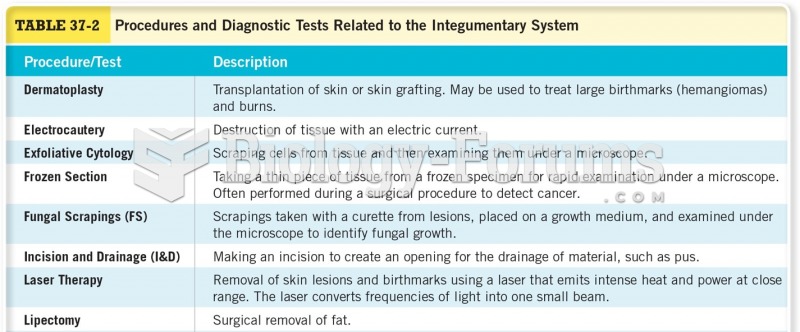|
|
|
Every 10 seconds, a person in the United States goes to the emergency room complaining of head pain. About 1.2 million visits are for acute migraine attacks.
In inpatient settings, adverse drug events account for an estimated one in three of all hospital adverse events. They affect approximately 2 million hospital stays every year, and prolong hospital stays by between one and five days.
For high blood pressure (hypertension), a new class of drug, called a vasopeptidase blocker (inhibitor), has been developed. It decreases blood pressure by simultaneously dilating the peripheral arteries and increasing the body's loss of salt.
Vaccines cause herd immunity. If the majority of people in a community have been vaccinated against a disease, an unvaccinated person is less likely to get the disease since others are less likely to become sick from it and spread the disease.
It is important to read food labels and choose foods with low cholesterol and saturated trans fat. You should limit saturated fat to no higher than 6% of daily calories.
 Adjusting a valve takes both hands—one to hold the wrench to loosen and tighten the lock nut and ...
Adjusting a valve takes both hands—one to hold the wrench to loosen and tighten the lock nut and ...
 Rolling on the arm. Hands on opposite sides of the arm compress and roll the soft tissues and create ...
Rolling on the arm. Hands on opposite sides of the arm compress and roll the soft tissues and create ...





